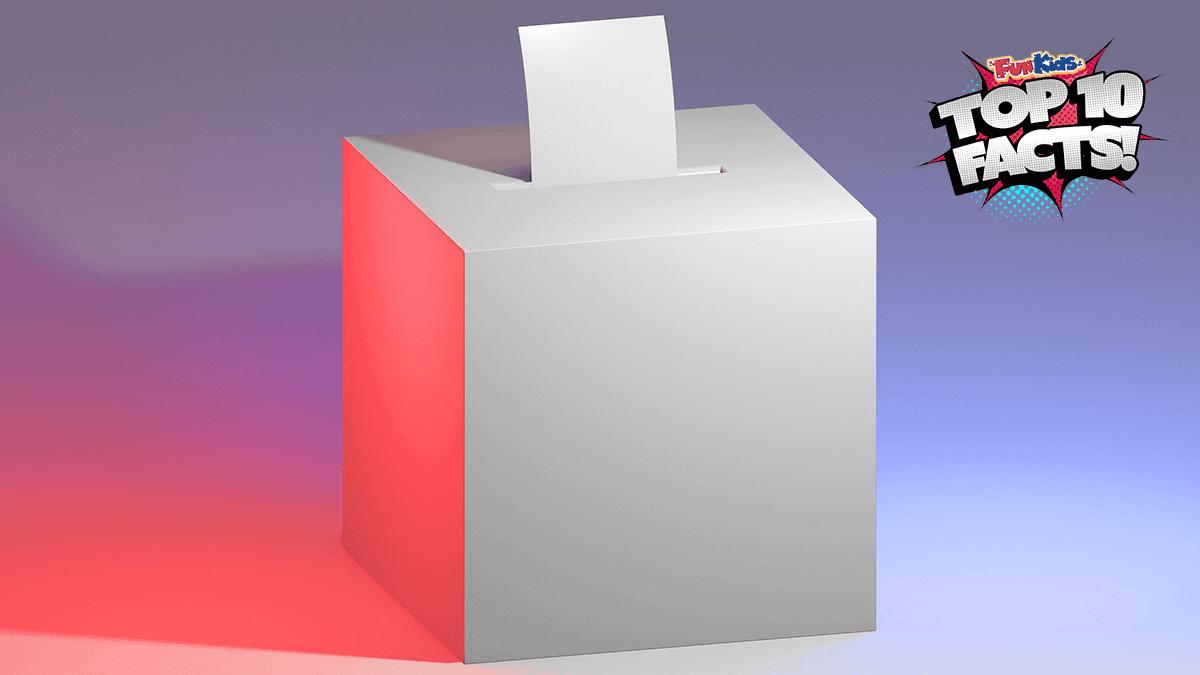Want to know how elections work in the United Kingdom? From learning about who gets to vote to understanding how the Prime Minister is chosen, get ready to discover some facts that will make you an election expert in no time!
1. Big Ben in London marks the official closing of the polls.
During general elections, the results are often announced throughout the night, and Big Ben in London chimes to mark the official closing of the polls at 10PM.
2. When no political party gets more seats than the others, it’s called a hung parliament.
In this situation, the bigger parties can try to team up with another party to get at least 326 seats. If two parties decide to work together to run the country, it’s called a ‘coalition government.’
Another choice is to run the country as a ‘minority government.’ This happens when the party with the most seats doesn’t have a majority and decides not to join with another party.
In a minority government, the party in charge works with other parties and members of Parliament (MPs) to make agreements and get their support. But if they can’t get enough support, they might lose votes in the House of Commons.
3. There are different types of elections including general and local elections.
The UK holds different types of elections, including general elections, local council elections, and elections for the devolved parliaments in Scotland, Wales, and Northern Ireland.
4. Polling stations can be found in quirky places!
Some polling stations in the UK are in unique and historic places like churches, castles, schools, and even caravans!
5. Women were given the right to vote in 1918.
The suffragette movement in the UK was really important in granting women the right to vote in 1918, thanks to the tireless work of activists like Emmeline Pankhurst.
This important change meant that women could now participate in choosing the leaders of the country.
However, at first, only women who were over 30 years old and met certain requirements could vote. It was a big step forward for women’s rights and marked the beginning of more equal voting rights for everyone.
You now have to be 18+ to vote!
6. Votes are counted by hand.
In the UK the votes are usually counted by hand.
This means that after everyone has voted, a group of people called counters take the paper ballots and count them one by one to see who got the most votes.
Counting by hand helps make sure that every vote is accurately counted and that the election is fair.
7. The UK uses a “First Past the Post” voting system in general elections.
In the UK, the “First Past the Post” voting system is used in general elections to choose Members of Parliament (MPs).
Each of the 650 constituencies (areas) elects one MP, and voters in each constituency cast a single vote for their preferred candidate.
The candidate who receives the most votes in a constituency wins, even if they do not have more than half of the total votes.
This means the winning candidate only needs to have more votes than any other single candidate, not a majority of all votes cast.
8. The youngest ever elected candidate was 20 years old!
The youngest MP ever elected was Mhairi Black, who was just 20 years old when she was elected in 2015.
Young people can have a big impact on politics too!
9. The UK uses a secret ballot system.
In the UK, when people vote, they use a secret ballot system. This means that when you vote for someone, your choice is kept private. No one else can see who you voted for, and you don’t have to tell anyone if you don’t want to.
When you go to vote, you get a piece of paper called a ballot paper. You mark your choice in a private booth where no one can see you. After that, you fold your ballot paper and put it into a sealed box.
This way, your vote stays secret and only the total number of votes for each candidate is counted. This helps to make sure that everyone can vote freely without feeling pressured.
10. Five years is the maximum time before a general election takes place.
Elections give people a chance to make decisions about how their country is run.
In the UK, five years is the maximum time before a general election takes place.
It’s up to the Prime Minister when, within those five years, they hold an election.
Add a commentTop 10 Facts
From the Tudors to rocks to fish, we have all the best facts right here!
More From Top 10 Facts



